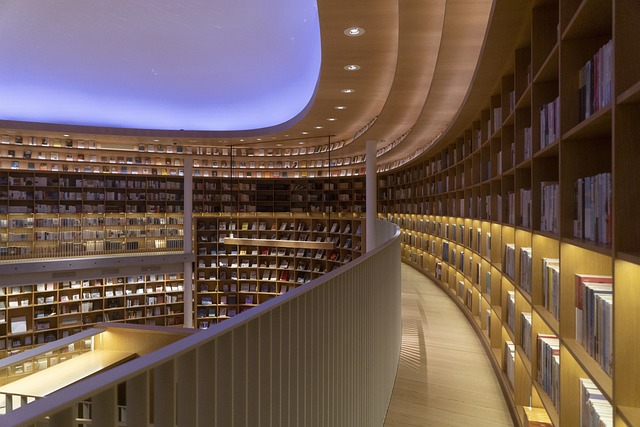In an era where rapid modernization often comes at the cost of cultural identity, the role of art and design in heritage protection becomes increasingly vital. As we navigate the fine line between progress and preservation, the integration of artistic expression and thoughtful design underscores our collective responsibility to safeguard our cultural legacy.
The essence of heritage protection lies in the stories, emotions, and histories that art and design can evoke. Each brushstroke, each architectural curve, and each handcrafted item is a testament to the unique narrative of a community, encapsulating its values, beliefs, and history. For many, these elements are not merely aesthetic; they resonate deeply within our identities. They remind us of who we are, where we come from, and what we stand for.
Art serves as a powerful medium in heritage protection, capable of communicating complex narratives that transcend language and time. Through murals, sculptures, and installations, artists can highlight the importance of preserving cultural memory, drawing attention to endangered practices and traditions. Such works not only beautify spaces but also challenge viewers to engage with their heritage in meaningful ways. For instance, contemporary artists who weave traditional motifs into modern canvases create a dialogue between past and present, ensuring that cultural narratives continue to thrive in a contemporary context.
Design, on the other hand, plays a crucial role in translating these narratives into tangible forms that can be experienced and appreciated. Architectural preservation is a prime example of how design principles can guard against the erosion of cultural landmarks. Renovators and designers often face the delicate task of marrying modern functionality with historical significance, ensuring that buildings not only serve contemporary needs but also continue to tell their original stories. Thoughtful design choices—be it the restoration of historic facades, the use of traditional materials, or the adaptation of spaces for new uses—can breathe new life into heritage sites while respecting their essence.
Moreover, as we think about the future of heritage protection, the field of applied arts provides an incredible opportunity to explore innovative solutions. Designers and artists can collaborate with communities, creating workshops and initiatives that empower local artisans to preserve and promote traditional techniques. This approach not only sustains age-old practices but also nurtures a new generation of creators who can adapt these traditions for future audiences.
Ultimately, the intersection of art and design in heritage protection is about fostering a deeper understanding and appreciation for our shared past. It is an invitation to engage with the stories that shape our identities and to advocate for their preservation in the face of change. As we move forward, let us continue to embrace the power of creativity as a tool for safeguarding our cultural legacies, ensuring they remain vibrant and relevant for generations to come.




